“You don’t learn by thinking about doing. You learn by doing.”
That’s the hard-earned truth Eric Ries realized after watching his own startup burn thousands of hours building a product nobody wanted.
The Lean Startup is a practical playbook for anyone trying to build a product or side hustle from scratch, especially in today’s chaotic internet economy.
He was deep in the trenches at a startup that tanked. Not because the team lacked skills or hustle. But because they didn’t know if what they were building mattered. That failure sparked the idea for this book.
Here’s the idea: You don’t need the perfect idea. You need a system to test, learn, and adapt fast.
If you’re juggling a 9–5 while dreaming of building something of your own, this book shows you how to move fast, stay lean, and build something people actually want.
Let’s get into it.
Table of Contents
Detailed Summary of The Lean Startup by Eric Ries
The Lean Startup by Eric Ries could serve as a lifeline for anyone trying to build a business without wasting time, energy, or money.
Eric lived through startup failure firsthand and realized the problem wasn’t passion or intelligence. It was building blindly.
He teaches that your startup is an experiment, not a finished product. Your job is to test, learn, and adapt fast. He gives you a system called the build-measure-learn loop. You start with an idea. Build a scrappy version. Measure real feedback. Learn from it. Then do it again.
You’ll also learn about the MVP—the minimum viable product. It’s not about being perfect. It’s about learning what works before you waste resources scaling the wrong thing.
He breaks down three ways your startup can grow:
- Sticky: Get customers and keep them.
- Viral: Grow through word-of-mouth.
- Paid: Spend to acquire, profit to grow.
And when the numbers don’t move, you pivot. You change direction without changing your vision.
You’ll stop guessing. You’ll stop building for months without feedback. You’ll get clear on what your customers want, before you run out of cash or motivation.
If you’re tired of spinning your wheels, The Lean Startup gives you the structure to test your hustle the smart way.
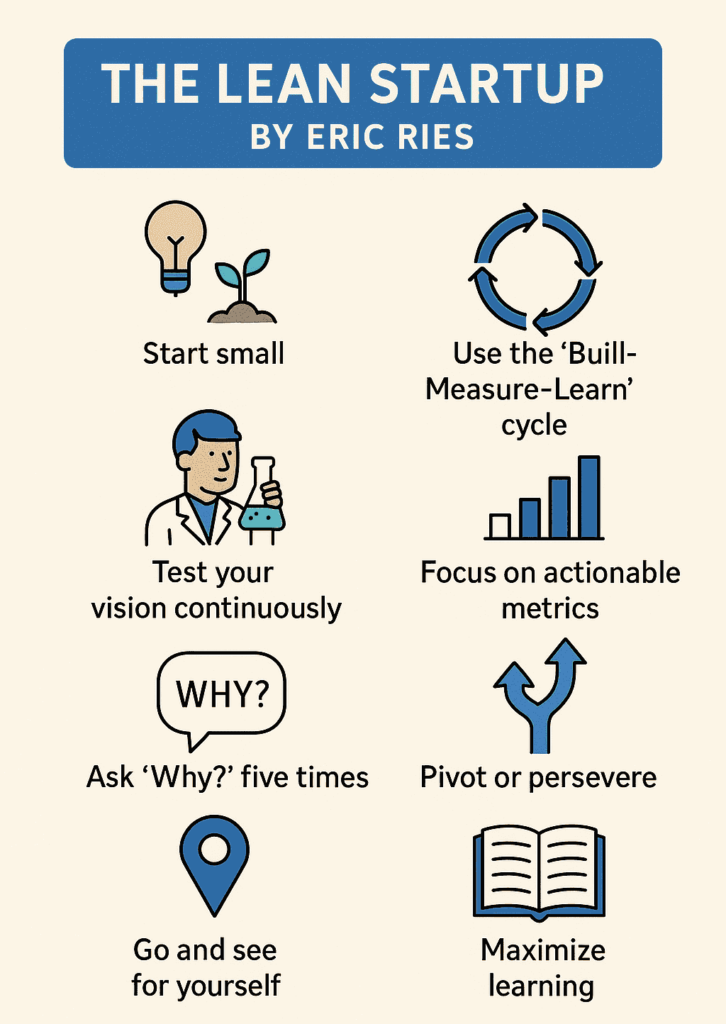
9 Lessons from The Lean Startup by Eric Ries
Whether you’re coding late at night or piecing together content during your 9–5 breaks, the risk is the same: building in silence and hoping the market claps. However, Ries created a system to drive things to your favour.
Here’s what you need to know from The Lean Startup if you’re serious about turning your idea into a real business that grows.
1. Ideas are easy. Execution is what matters.
He starts by blowing up the myth that a great idea is everything.
You probably have 20 solid business ideas in your notes app right now. That’s not your problem.
Your challenge is testing one of those ideas quickly to see if it’s worth your time. That’s where execution matters. He wants you to get out of your head and into action.
You don’t win by hiding your idea. You win by testing it fast and learning what works.
2. Use the build-measure-learn loop
Planning for months, then launching one big release? That’s how people waste years.
He introduces the build-measure-learn loop. Here’s how it works:
- Build a small version of your product (even if it’s ugly)
- Measure how real people react to it
- Learn from their behavior, not their compliments
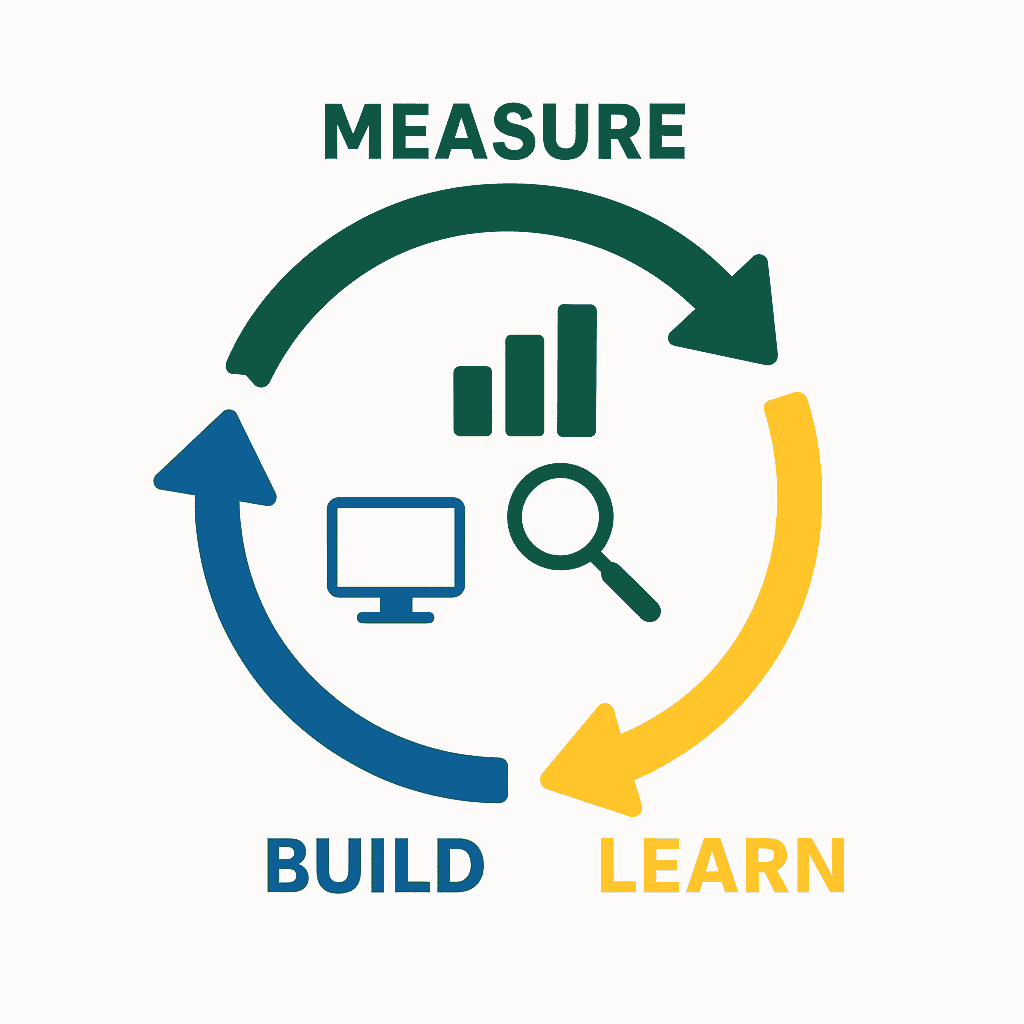
This cycle helps you move fast and stay grounded in reality. You’ll stop working in the dark. You’ll make smarter decisions with real feedback.
3. Start with a Minimum Viable Product (MVP)
Perfection kills momentum.
He says your MVP should be just enough to start learning. That’s it.
If you’re embarrassed by your first version, you’re probably doing it right.
You might start with:
- A landing page
- A simple video demo
- A basic prototype with the key feature
Don’t aim for polish. Aim for feedback.
Dropbox did this with a demo video. They didn’t build the product first. They showed the idea and watched 70,000 people join a waitlist.
4. Experiment like a scientist
Every new idea is a hypothesis.
He pushes you to treat your startup like a series of experiments. What do you believe your customers want? What would prove you wrong?
Then test it.
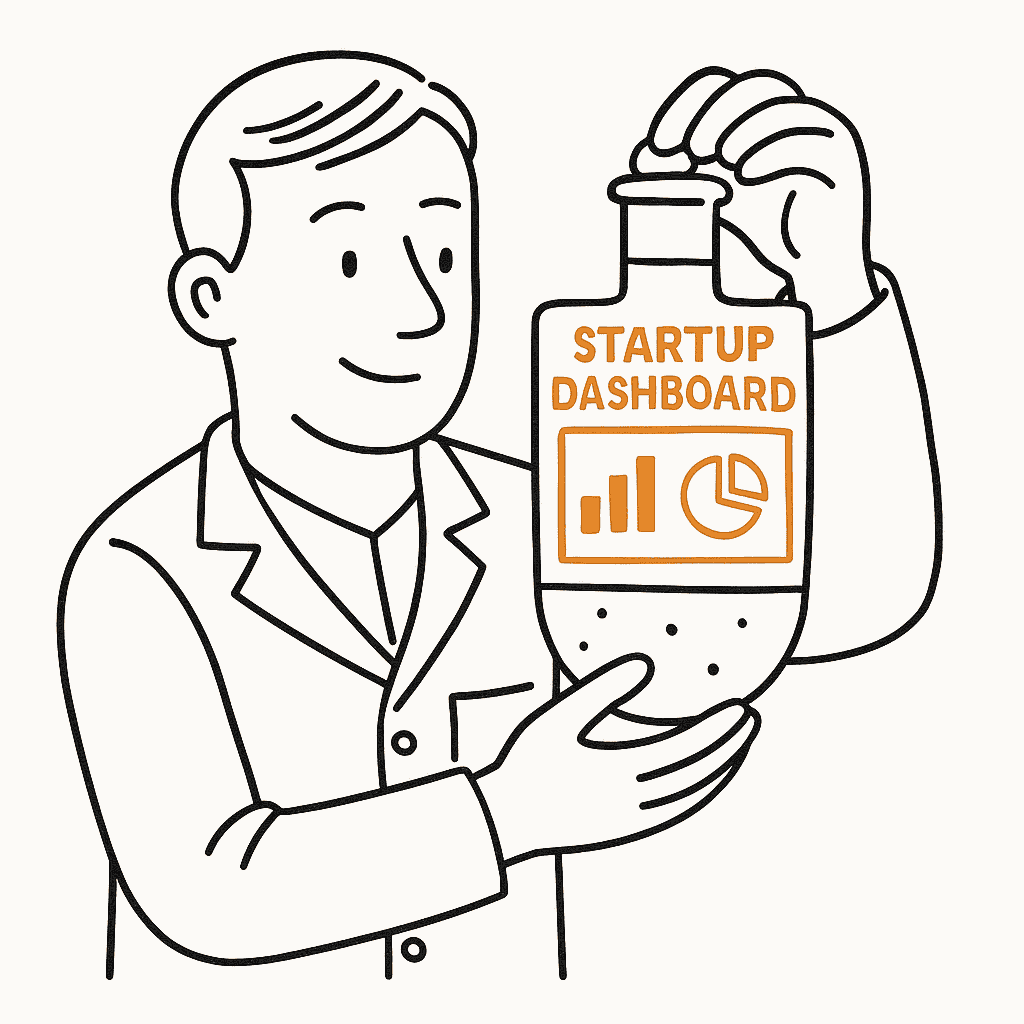
Don’t just ask people what they think. Watch what they do. If people click, sign up, or pay—you’ve got something real.
If they don’t, good. You just saved time. Now adjust.
The experiment mindset frees you from trying to be right. Your job is to discover the truth, fast.
5. Choose your growth engine wisely
Not every business grows the same way.
He breaks it down into 3 engines:
- Sticky: Keep people coming back. Think subscription models or products with high retention.
- Viral: Grow through users sharing with others. Social apps use this.
- Paid: Spend to acquire users. Only works if the value of a user is more than what you paid to get them.
Pick one. Optimize for it. Don’t try to do all three.
Knowing how you grow helps you focus on the right metrics and strategy.
6. Use “innovation accounting” to track progress
Vanity metrics will lie to you.
More signups or likes might look good, but they don’t mean growth. He introduces innovation accounting—a way to measure real progress.
Track:
- Activation: Are users taking the next step?
- Retention: Are they coming back?
- Revenue: Are they paying?
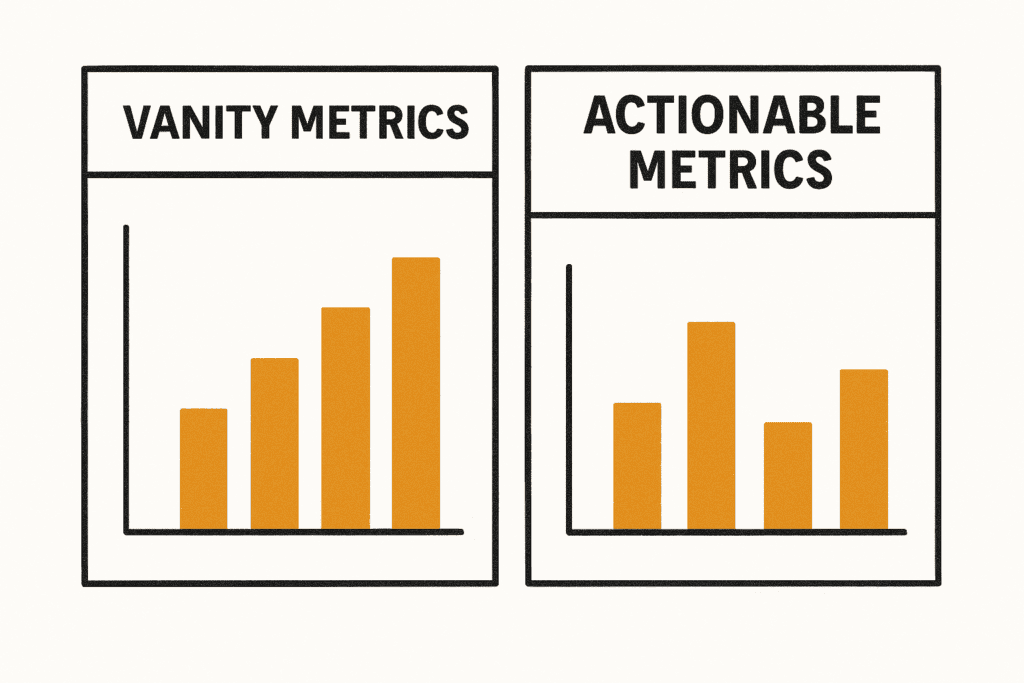
Only numbers tied to actual behavior matter.
You’ll stop fooling yourself with nice graphs. You’ll get clarity on what’s actually working.
7. Pivoting is not failure
Every founder hits this wall: do you keep going or change direction?
He says when you’re not growing, and the numbers aren’t moving, it’s time to pivot.
You might need to:
- Target a different customer
- Change your pricing
- Focus on a different feature
Pivoting isn’t quitting. It’s choosing a smarter path toward your vision. Most successful startups pivoted at least once. Probably more.
8. Ask “Why?” five times
Problems are usually deeper than they seem.
He shares a tool from Toyota: ask “Why?” five times when something breaks.
Example:
- Why did sales drop? The site crashed.
- Why did it crash? We deployed a bad update.
- Why did that happen? We didn’t test the update.
- Why didn’t we test? We don’t have a testing process.
- Why not? No one owns that step.
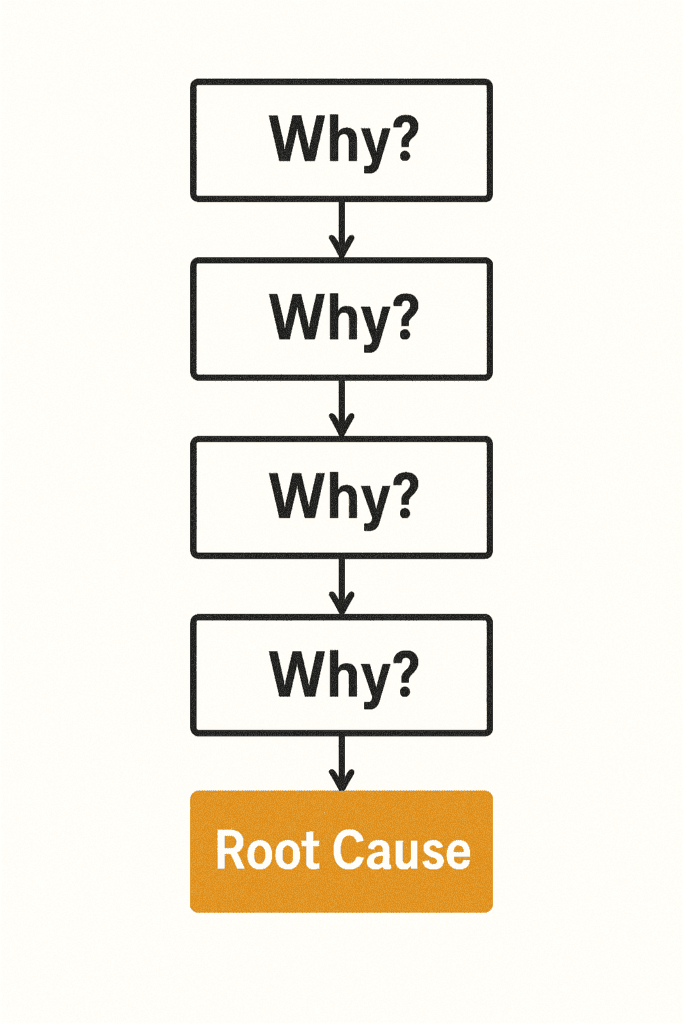
Now you know what to fix.
Use this every time something feels off. You’ll get better answers—and avoid repeat mistakes.
9. Build small, move fast, learn faster
You don’t need a huge team. You don’t need big funding. You need speed.
He borrows this from lean manufacturing: small batches.
Instead of working for weeks on one big release, build small features or campaigns, test them, then adjust. That way you:
- Catch mistakes faster
- Learn what users like
- Avoid building features no one cares about
This rhythm makes your business more agile. And it keeps you moving while everyone else is stuck planning.
The Lean Startup by Eric Ries is the perfect handbook for anyone trying to launch a business.
In the full book, Eric breaks down all these lessons with stories, steps, and examples that’ll help you build smarter. Reading it might just save you months of guessing while building.
Conclusion
You don’t need to wait for the perfect moment to start. You need a way to test fast, learn fast, and grow smart. That’s what The Lean Startup by Eric Ries gives you—a system that works when time, money, and focus are limited.
You can also check out my breakdown of Zero to One by Peter Thiel for more ideas on turning your ideas into something real. It shows you how to build not just fast, but different. Read it next if you want to go from copying others to creating something truly new.
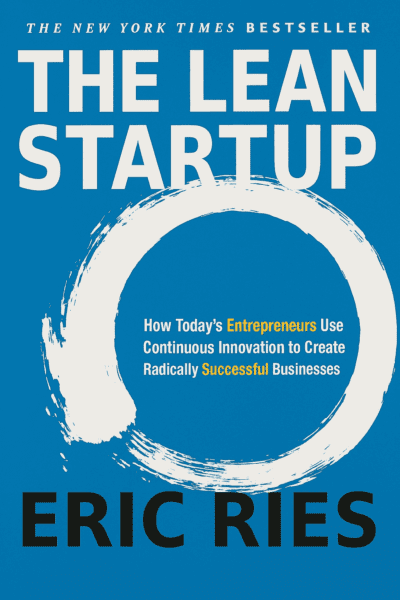
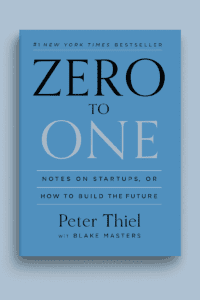
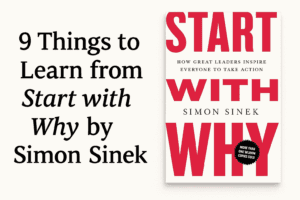
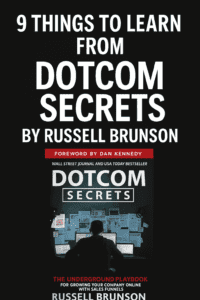
Pingback: The Hard Thing About Hard Things by Ben Horowitz ( 9 Lessons Plus Book Summary)
Pingback: 10 Powerful Business Books (Recommended By Entrepreneurs)